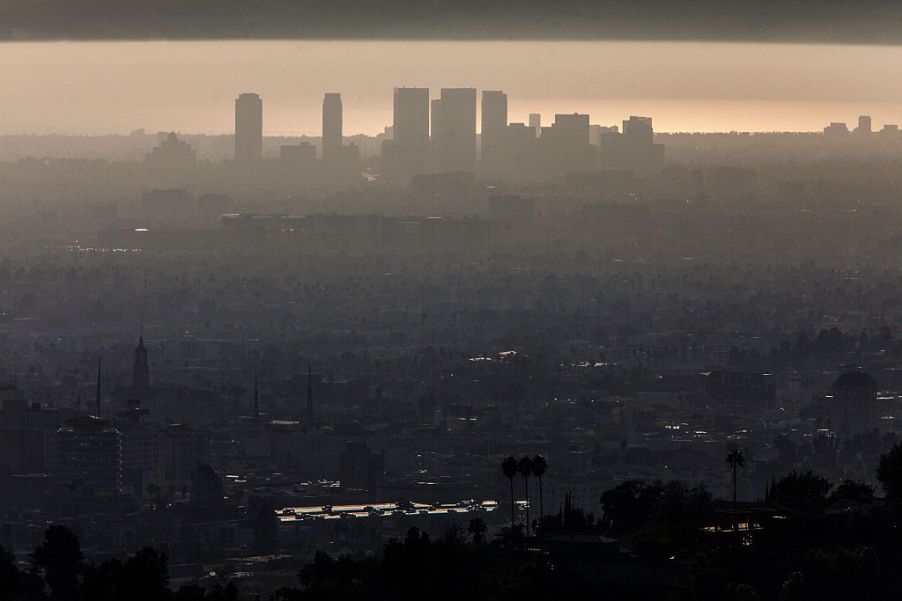
CA Emissions Fight Shocker: No More GM, Toyota, FCA Vehicles
In the rapidly escalating emissions fight and lawsuits between California and Donald Trump, the state announced no more purchases of GM, Toyota, or Fiat-Chrysler vehicles. Trump wants to take away California’s authority to regulate vehicle emissions. The White House says the more restrictive standards are not legal and place undue hardship and costs on automakers.
GM, Toyota, and Fiat-Chrysler, along with members of the Global Automakers trade association back the administration’s move. In retaliation California says in January 2020, it will only buy from those manufacturers recognizing its authority for setting tailpipe standards. Earlier in 2019 Ford, Honda, BMW, and Volkswagen agreed to follow California’s lead to set those standards. There are 13 other states that follow California’s emissions laws.
None of the affected manufacturers commented on the purchasing ban by California.
California and 22 other states file lawsuit
This comes on the heels of last week’s lawsuit by California with 22 other states. The suit pushes back on Trump’s attempt to revoke the state’s authority over tailpipe standards and its requirement for increasing zero-emissions vehicles. A similar lawsuit against the National Traffic Highway Safety administration was filed last month.
California had been purchasing a disproportionate number of vehicles from these manufacturers in the past. Over the last two years, California has purchased $58.6 million in vehicles from GM, $55.8 million of Fiat-Chrysler vehicles, $10.6 million in Toyota vehicles, and $9 million in Nissan vehicles. “Carmakers that have chosen to be on the wrong side of history will be on the losing end of California’s buying power,” says California Governor Gavin Newsom.
While the state had purchased $69.2 million in vehicles built by Ford in the last three years, it spent only $565,000 with Honda and nothing with either BMW or Volkswagen.

Rather than follow California’s lead Trump’s plan called for freezing fuel efficiency levels at their current number through 2026. The original Obama proposal called for a 5% increase each year. Trump’s administration hasn’t determined what the final requirements for fuel efficiency will be as of yet. Guesses for these new levels are said to be around a 1.5% annual increase. It is not known when the administration will determine its figures.
California won’t purchase internal combustion cars
Earlier the state made the announcement it would not allow California agencies from buying sedans with internal combustion engines. It would, however, make certain exceptions for any public safety vehicles deemed necessary to remain with internal combustion power.
The Los Angeles Air Pollution Control District was first formed just after WWII. It began applying automobile smog standards starting in 1966. When the federal Clean Air Act came about in the 1960s the Environmental Protection Agency recognized California’s advanced position. It also recognized the unique conditions that amplify Los Angeles pollution problems.
California’s special waiver to set smog standards
It created a law that grants a waiver to the state. The waiver allows the authority for California to set its own emissions standards. No other state is allowed this authority, but they can opt to follow either the federal or California requirements. That is why some states follow federal, and some California rules governing emissions.
To simplify manufacturing car companies for years have produced vehicles that comply with California’s stricter standards.



